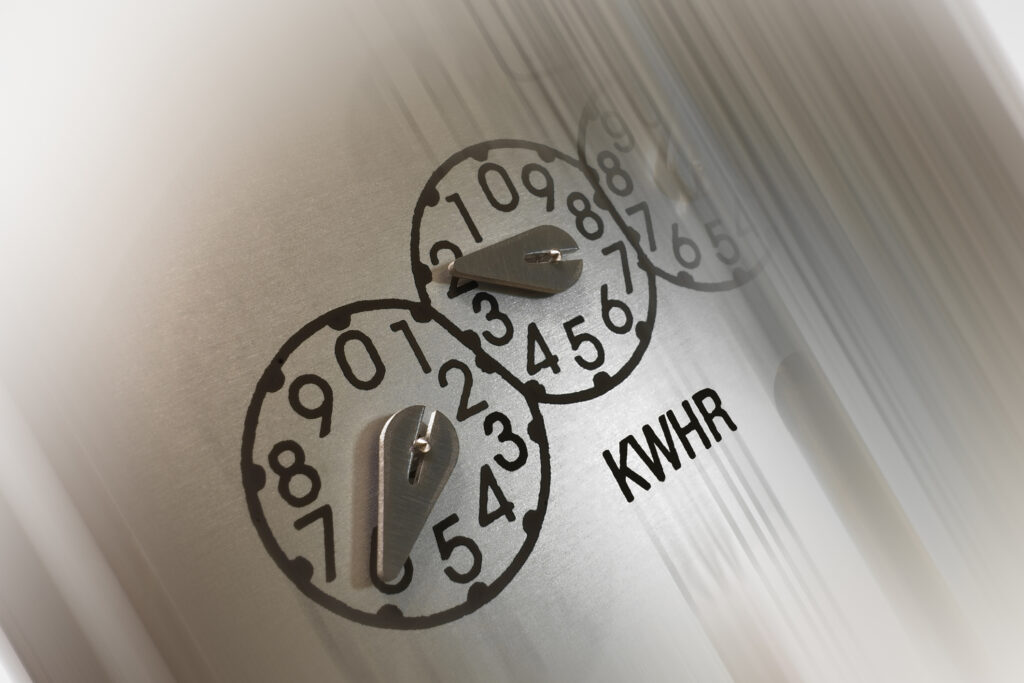The government’s Electricity Demand Reduction (EDR) pilot has reported positive interim results mid-way through its initial run.
Following its conception in 2014, the EDR pilot has progressed through two separate auction processes and is currently drawing to the end of its second winter peak delivery window, having procured an estimated 23MW of peak demand reduction.
The scheme allows businesses and organisations in the UK to compete for financial support to deploy energy efficiency measures to reduce the amount of electricity they would demand at peak times (4 – 8pm) during the winter period (November – February).
The Department of Energy and Climate Change launched the scheme to determine whether or not a wider scheme could form part of future capacity market auctions and to gather lessons to guide the formation of a policy should it prove successful.
Businesses interested in the scheme were invited to bid in a competitive auction process wherein companies detailed the technologies they were looking to install as well as their estimated energy savings against cost in a £/kW format, with a maximum price of £300/kW.
Phase I attracted 18 successful bidders who submitted 22 schemes in total. £1.28 million of funding was allocated to procure an estimated 5.589MW of demand reduction for the 2015/16 winter period.
Phase II attracted 25 successful bidders who submitted 37 schemes in total. £4.74 million of funding was allocated to procure an estimated 23.307MW of demand reduction for the 2016/17 and 2017/18 winter periods.
The initial results, published by the Department for Business, Energy and Industrial Strategy (BEIS) earlier today (Thursday), revealed that after a number of bidders withdrew, Phase I of the EDR pilot delivered 2.595MW of demand reduction of an estimated 4.517MW, resulting in a realisation rate of around 57%.
BEIS noted that while similar schemes in place in the US achieved realisation rates between 65% and 100%+, these schemes were considered “well established” and the department said it would not be “realistic” to expect a pilot scheme to deliver similar results.
BEIS would not be drawn on whether or not it regarded the interim results of the pilot scheme a success – it claimed it would “not be sensible” to determine success while the pilot is ongoing – but the department did disclose various additional benefits businesses had conveyed to it during its interim research.
Notably the energy efficiency measures installed continued to deliver demand reduction outside of peak performance windows, while participating businesses also benefitted from reduced maintenance costs and increased awareness of energy efficiency internally.
BEIS also discussed preliminary learnings from the scheme, noting that longer lead times for the auction process would result in more ambitious projects being prepared. The department did however respond to criticism regarding the “challenging” participant requirements, concluding that loosening them threatened to reduce the scheme’s overall value.
Businesses participating in the scheme – predominantly from the C&I sectors, but also including public and charitable organisations – confirmed that they intended to participate in any prospective Phase III scheme.
The last planned winter peak period will commence in November 2017, and BEIS said it would publish a final report on the scheme in 2019.






